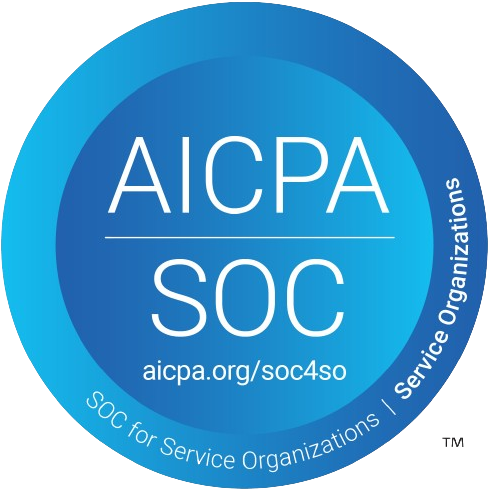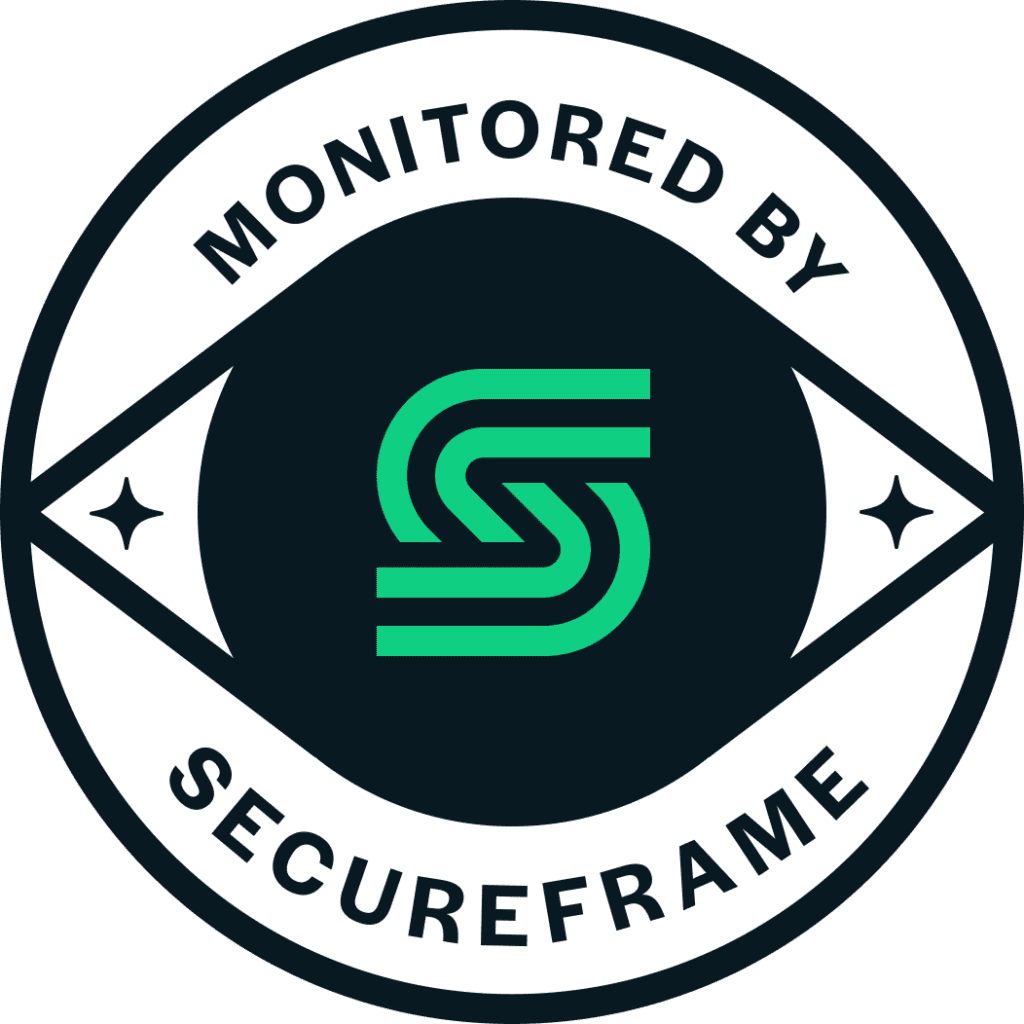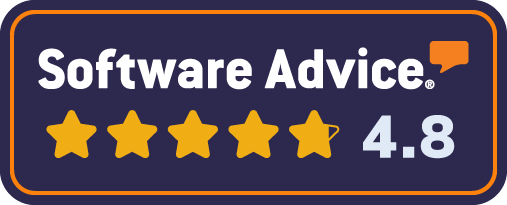CredSpark Case Study
Using Gamified Content to Supercharge Audience Engagement
What are the most important lessons from gaming that you can apply to improve engagement with your content?
We think it’s the concept of motivational dynamics.
The Thrill of a Personal Challenge. The Competitive Instinct. Awards & Recognition. The Satisfaction of Mastery.
Games and gamification strategy as actual business drivers have been very top-of-mind recently for content producers, media companies, marketers, corporate learning & training professionals, and more. In fact, it’s quickly becoming a key pillar of the audience engagement strategies of leading organizations. But what is driving that success? We think understanding and deploying the key elements of gaming mechanics and the psychology behind it can open new opportunities for content producers to differentiate while dramatically improving key engagement metrics, audience outcomes, and business results.
Current online content offerings—especially in the professional and B2B markets—often reek of sameness. Audiences face the usual standard articles, white papers, blog posts, training videos, assessments, etc. It’s usually all broadcasted in one direction and offers little to no interactivity. Of course, these offerings are often the foundation of informative content that captures your audience, helps them learn, and showcases your expertise. But what if you could provide more value while seeing better results? What if you could implement trackable and actionable content that is memorable, sticky, informative, and engaging? What if you could make your content work harder for your business and achieve better ROI, generate actionable insights, and even create new avenues for sponsored revenue?
Gamification may be the answer. Explore the following case study to discover what makes game dynamics so effective, experience real-world examples, and learn how to incorporate them in a cost effective way across your business.
Case Study Synopsis
- The Promise of Gamification: Content is More Effective When It’s Engaging and Alive
- DataPoint: Gamification Impact on Productivity
- Gamification + Learning & Talent Development: Increase Learner Engagement & Outcomes
- Game-Driven Content Engagement & Sponsorships: How Media Companies Are Leveraging Games
- Spark Audience Engagement at Events & Conferences: Make Attendees An Active Part of the Show
- DataPoint: Gamification and Event Attendee Engagement
- Interaction: It’s Not All Fun & Games. Or Is It?
- Explore Examples: Real-World Applications from CredSpark Clients
- Get Ideas, Insights, & Inspiration: Want to Connect with CredSpark?
- Additional Resources: More Strategies and Innovations in Gamification
Introducing Dynamic Content Interactions.
Audiences are always looking for exciting experiences. Gamified content delivers supercharged engagement that encourages subsequent audience behaviors, drives return traffic, encourages knowledge retention, and even fosters community. Gamification leverages motivational dynamics techniques like the competitive element, nudges, a sense of achievement, and recognition to spark deeper engagement.
Game-based content also creates opportunities for first-party data collection and richer insights into audience knowledge, behavior, motivations, and more. And don’t underestimate the impact that games have on brand reach. People are competitive. They love to share their successes (and even their failures) and to compare their performance to their peers. Look no further than the social impact of New York Times’ Wordle. That one game has generated a powerful network effect and has had significant subscription revenue impact for the Times.
It’s also been interesting to see how innovative content producers are leveraging games across a wide range of use cases, including events & conferences, training & learning, advertising & sponsorships, lead generation, and much more.
DataPoint
90%
90% of employees are more productive with gamification
50%
Gamification boosts company productivity by 50%
TechReport.com
Gamification + Learning & Talent Development
Leverage learning games to increase learner engagement and buy-in while improving outcomes.
Savvy HR and training teams are incorporating gamification into their training and development programs. By transforming content experiences with challenges, leaderboards, vocab games, multimedia, badging, and more, trainers and educators are seeing increased rates of engagement, improvement in knowledge retention, and more interest and excitement around professional growth opportunities.
Training and corporate learning program managers are using game experiences as introductory activities to jumpstart engagement, intermediate knowledge checks to encourage further participation, immersive multimedia experiences to assess practical skills, and competitive challenges to make learning fun and build a sense of community around employee growth.
Gamified training and learning creates multiple opportunities to improve employee engagement and positions corporate HR teams as ahead of the curve when it comes to engaging with the latest generations that enter the workforce.
Game-Driven Content Engagement & Sponsorships
Innovative media companies are leveraging games to improve engagement metrics, reduce churn, and create new ad revenue opportunities.
Like the aforementioned The New York Times example, media companies across the publishing industry are using games in a wide range of use cases from subscriber acquisition to advertising programs.
Like the Times, games can be used as diversions from more serious content; however other publishers—especially in B2B media—are transforming news and professional content into immersive games. Editors are turning traditional static articles on in-depth professional and niche topics into learning and discovery experiences that send engagement KPIs soaring.
In addition, publishers are using high-engagement game experiences as sponsorship vehicles, expanding brand exposure for advertisers and even creating gamified advertising with sponsor content. Gamified sponsorships are especially compelling for advertisers because they hold audience interest longer, they’re interactive, and when designed properly, can generate actionable audience data.
When it comes to content gamification, media companies are at the leading edge of innovation and are creating a promising new avenue of engagement and revenue in a very challenging climate for the industry.
Spark Audience Engagement at Events & Conferences
With gamification, your attendees become an active part of the show.
Conferences and events present another clear opportunity for game-driven engagement. From agenda exploration to live, interactive activities to enliven sessions, game interactions are helping conference and event planners keep attendees engaged, gather informative data, and increase sponsor and exhibitor revenue.
Improve session and keynote engagement by breaking up one-way presentations with interactive interludes using tools like CredSpark’s Live Mode, including real-time polling, trivia, knowledge challenges with leaderboards, and more. It’s a incredibly effective way to stoke audience participation, gather data, and incorporate a little fun into the conference experience.
Sponsored games at events provide an opportunity to bring your sponsors and exhibitors into the mix. Use sponsor content for quiz challenges that uncover important lead qualification data for sponsors, introduce sponsor products and services, and create unique platforms to showcase their brands and value.
Live events are meant to be interactive, not one-way broadcasts. By integrating game-like experiences into your conference program, you unlock new opportunities to create deeper and more meaningful connections with your attendees.
DataPoint
Leverage gamification to create memorable experiences that resonate with your event attendees.
40%
Gamification increases attendee engagement by 40%
canapii.com
CredSpark Game Interaction
It’s not all fun and games. Or is it?
Let’s play!




















